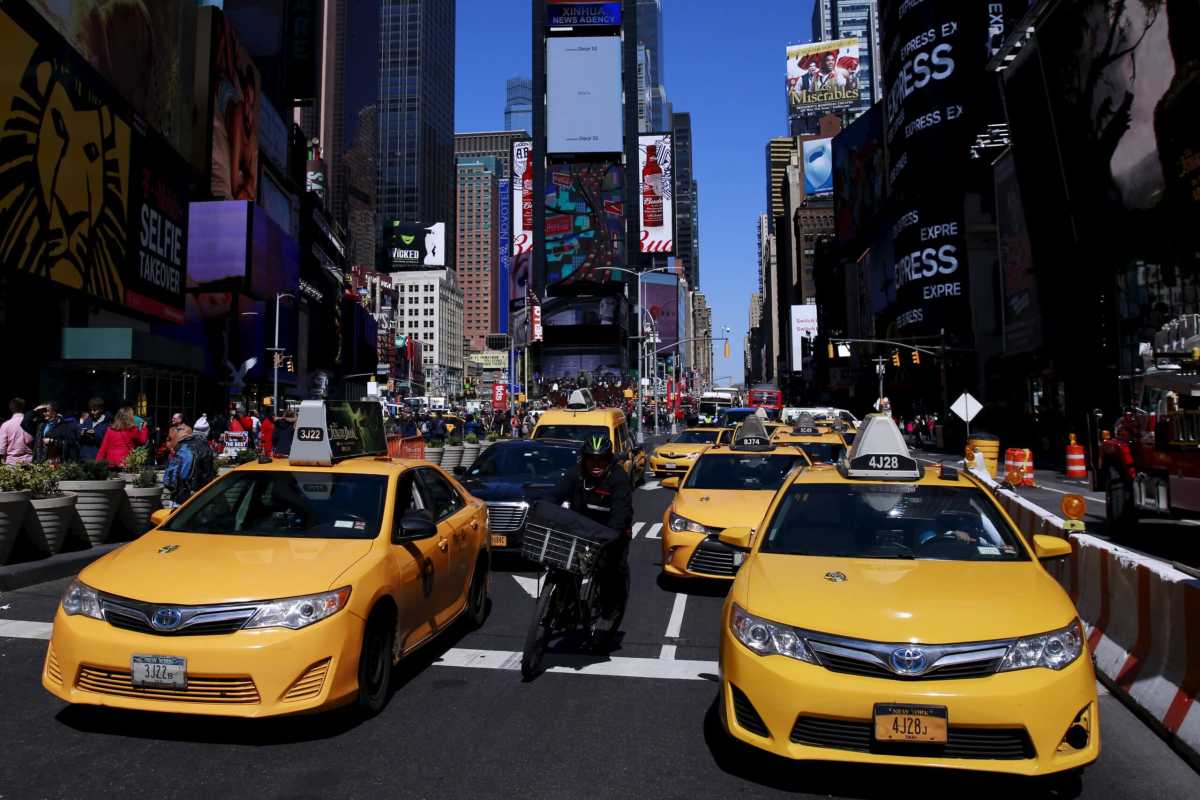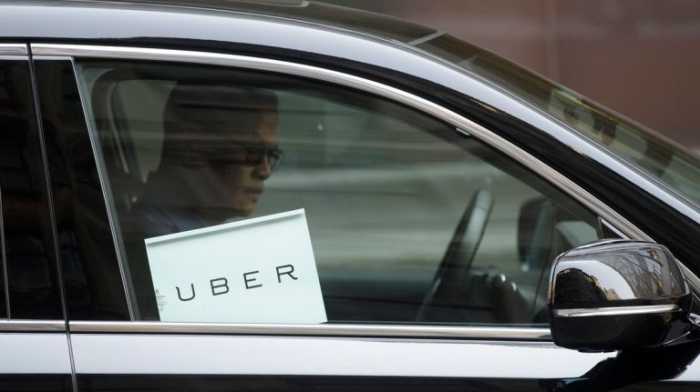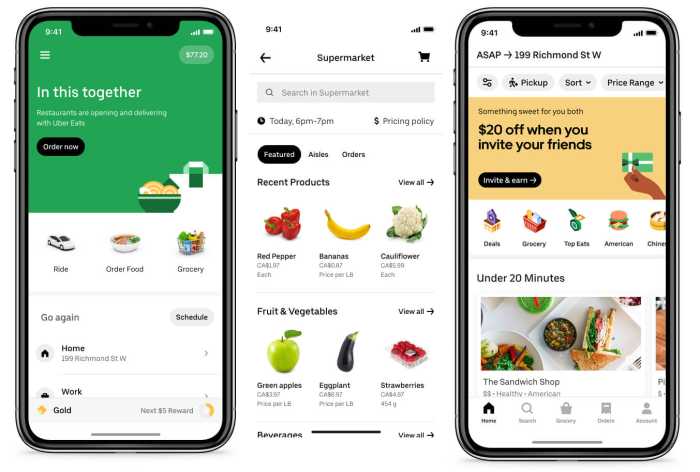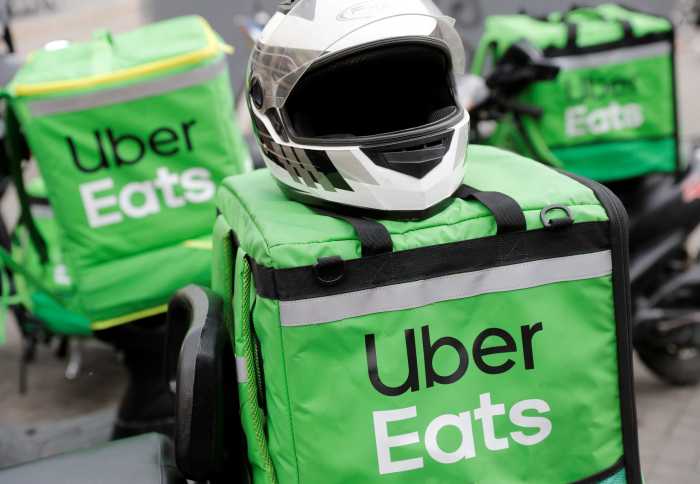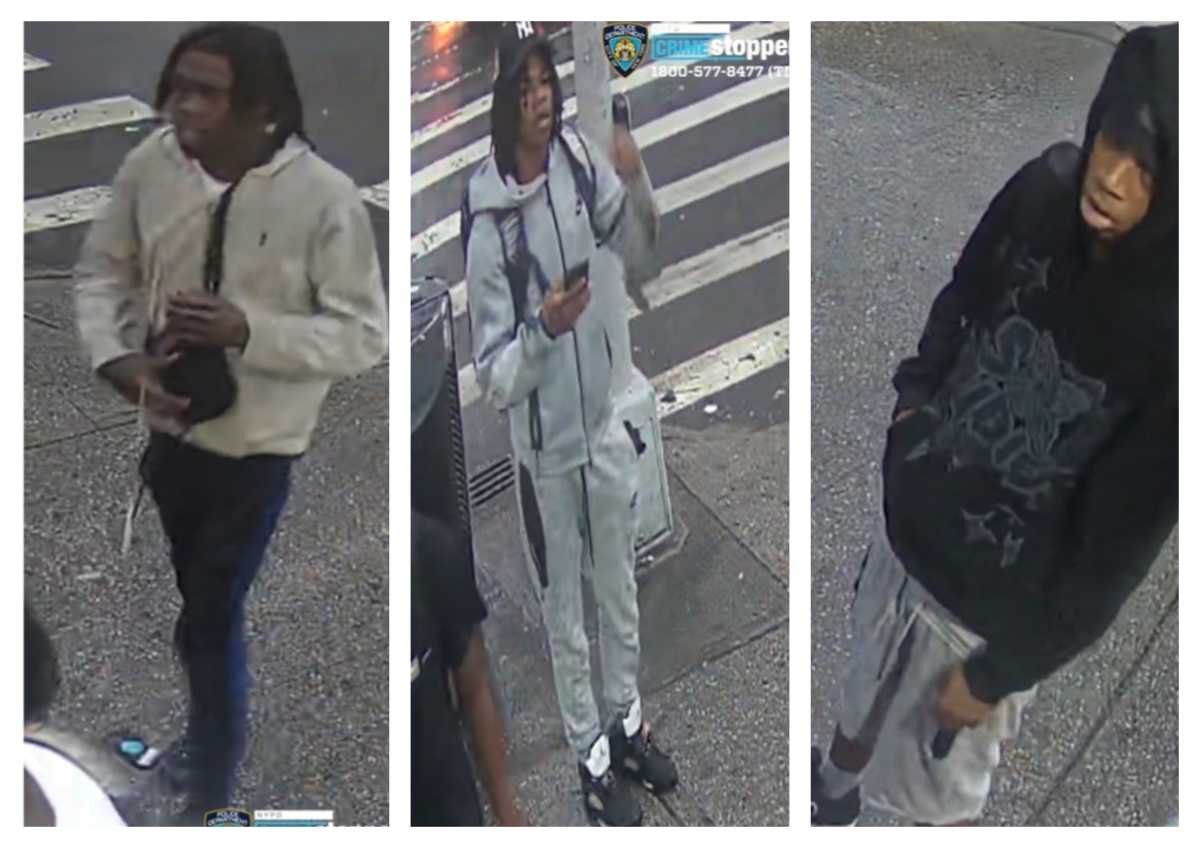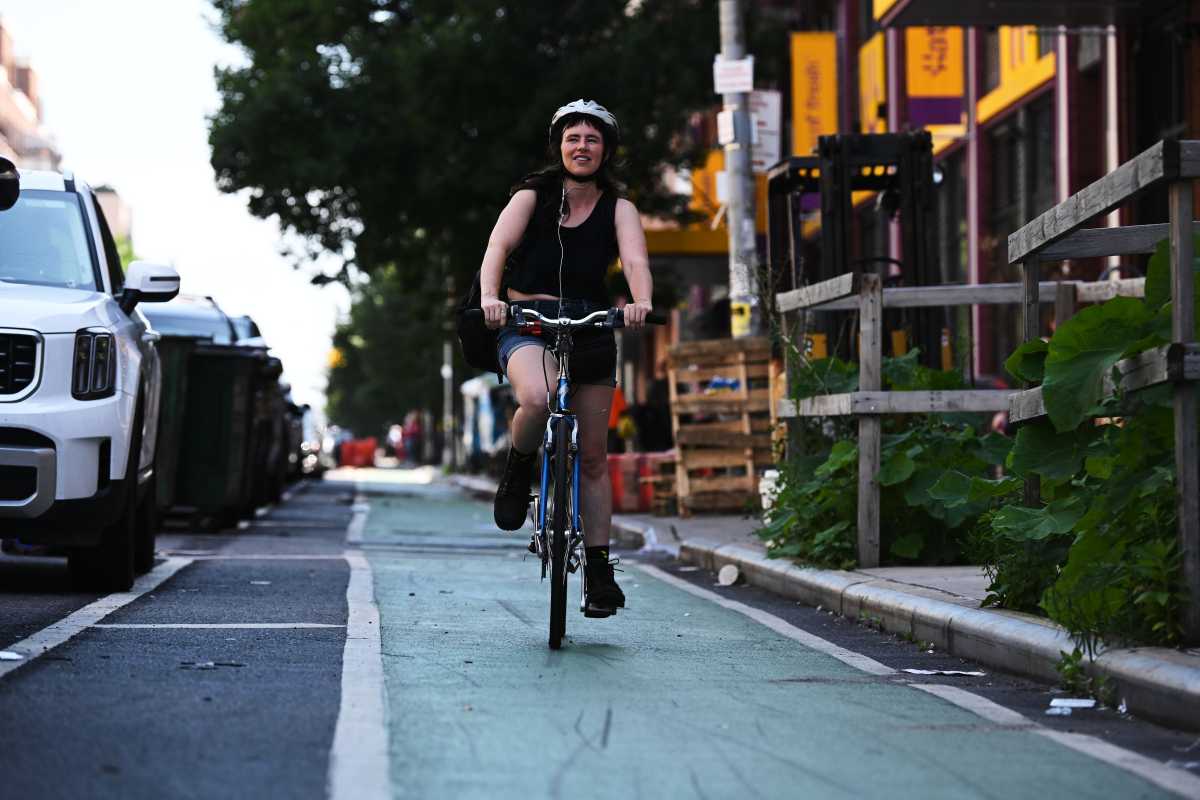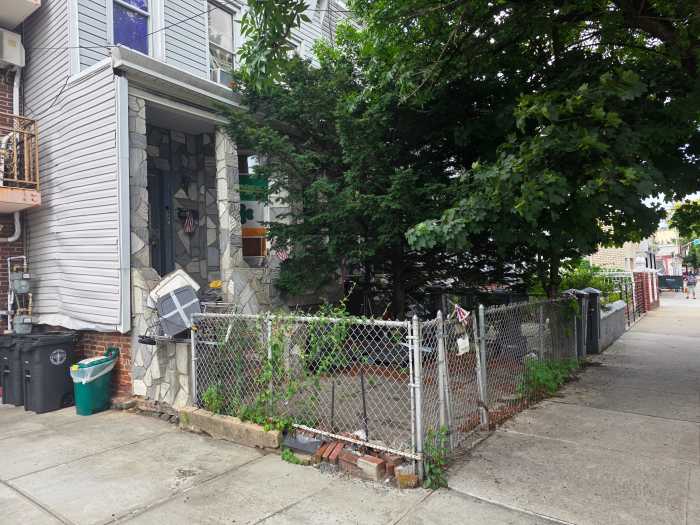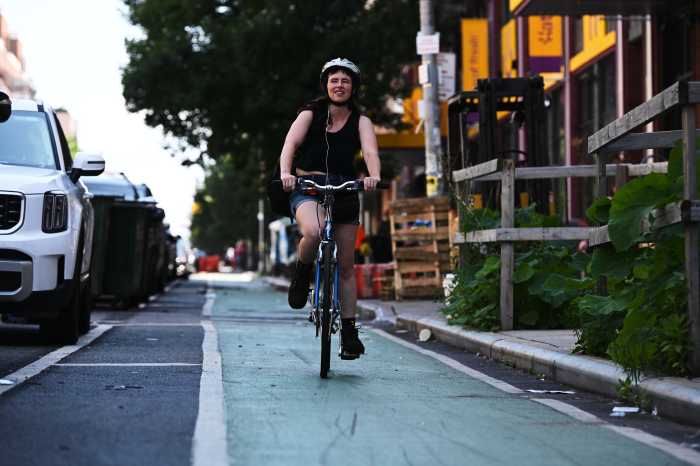The COVID-19 pandemic continues to wreak havoc on the livelihoods of many taxi drivers who were already struggling to get by — myself included. As a taxi driver of 14 years, it was unlike anything I’d ever seen before. The foot traffic we rely on for customers declined as offices shut down, tourists disappeared and quarantine restrictions kept people home. In fact, only about half of yellow taxis have returned to New York City streets as Manhattan’s offices remain at low capacity and tourists have only recently started to return to New York.
My family has felt this struggle deeply. For us, driving yellow cabs isn’t just a job, it’s been a part of our lives ever since we came to the United States after fleeing the civil war in Sierra Leone. My entire family now drives yellow taxis for a living, starting with my brother who was the first to arrive in New York. I immigrated here in September 2003, and almost immediately chose to be a yellow cab driver.
My family and other drivers need creative solutions to help us continue offering an essential service to our fellow New Yorkers. While some apps to hail taxi cabs exist, none have a customer base that can compete with Uber and Lyft. That’s why the recently announced partnership between taxi technology companies like CMT and Uber is such a big deal. It ends our years-long fight with rideshare apps for customers, by providing drivers like me with access to Uber’s millions of users. It helps New Yorkers who use Uber but also the tourists who will once again flock to our city but who don’t already have local cab apps on their smartphones.
This is especially important when taxis leave Manhattan, the airports and busy transportation hubs, since it is often hard to find a street-hail outside those areas. While taxis are dependent on density in order to physically see street hails, apps like Uber can ‘see around corners’ so density of riders is less important.
Now, by listing taxis alongside black cars on the Uber app and giving us access to Uber’s global customers, we can have a reliable number of riders throughout the city, which increases earnings for drivers and provides greater transit options for customers. However, this isn’t just a win for cab drivers — listing taxicabs on the Uber app means reduced wait times for Uber’s customers, allowing busy New Yorkers to get to their destinations quickly and safely. It’s also a win for our city, as this partnership will result in better utilization of Ubers and taxis, minimizing empty vehicles on city streets.
This partnership is a smart solution to some of the problems facing riders and drivers alike. I will always be a yellow cab driver — from my first month when I constantly called my brother for directions, to today when I can navigate any neighborhood while chatting with passengers about the news on 1010 WINS, driving a yellow cab will forever be a central part of mine and my family’s lives. This is the creative path forward I’ve been hoping for, and I’m looking forward to my first Uber request.



